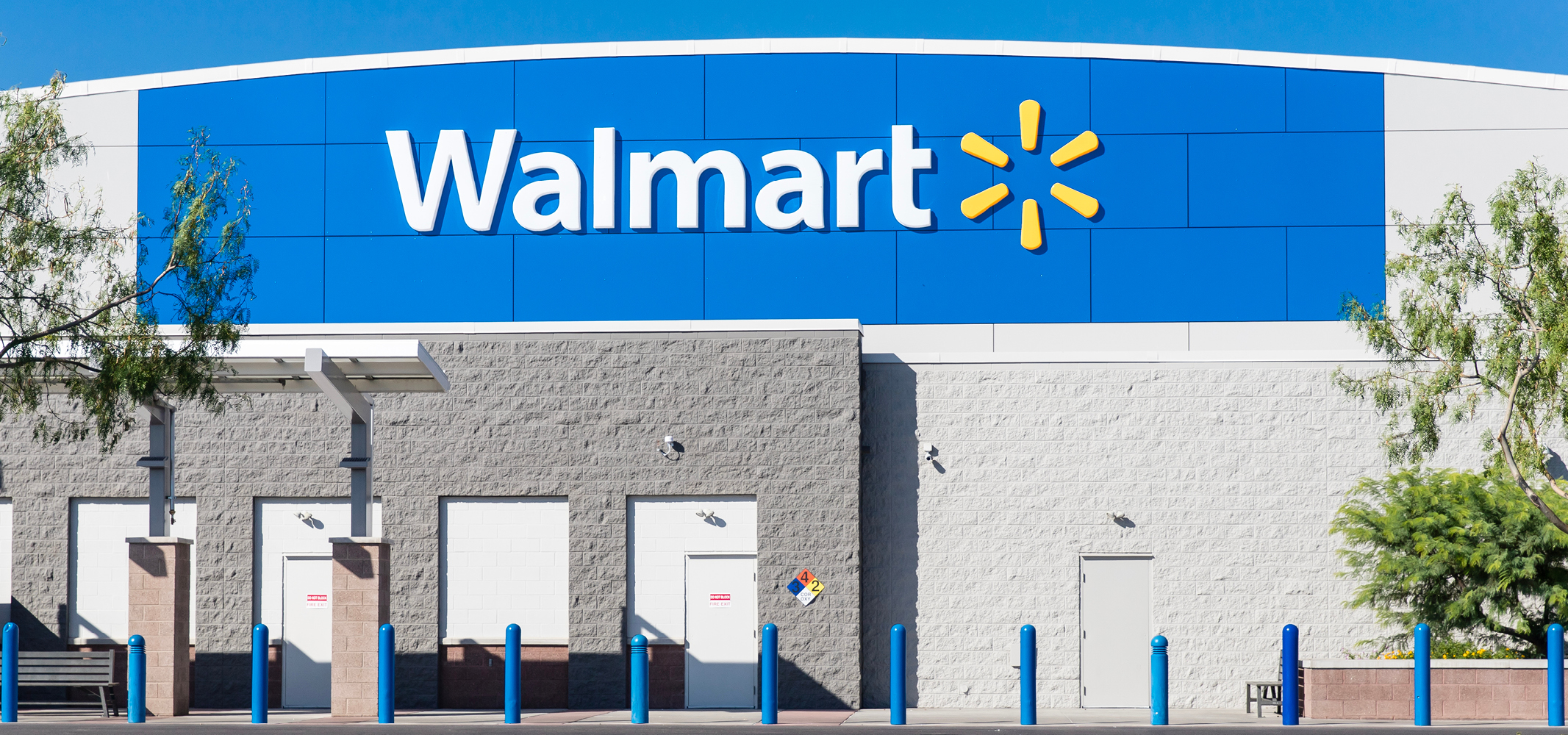The information stored on a block chain is there distributed and continuous, as matched databases and tables.
With conventional databases, all data is kept in one place. The special feature of the DLT is that the data is held here on every computer in the network,
This increases reliability and makes it easier to check data. Counterfeit protection and and uniformity can be ensured while the data structure is assigned to several participants.
The information stored on a block chain exists there as distributed and continuously synchronized tables or databases. The special feature is that the data is not stored in one place, as in conventional database systems, but on each of the computers in the network. This increases reliability and makes it easier to check the data. The so-called “nodes” (participants) ensure high availability and reliability by appearing in large numbers and separately. Consensus mechanisms, which also block unauthorized hindrances, carry out changes to the block chain.
The technological framework around the block chain is called distributed ledger technology. Instead of a central general ledger, distributed ledgers are the characteristic feature here. The terms block chain and DLT are often used as synonyms. In professional use in companies, the DLT can also be described as follows: A system that theoretically allows many shareholders to view transactions simultaneously.
Block chain and DLT bring autonomy
The Blockchain makes it possible. Autonomy as well as machine ecosystems are built from a network of many participants, they are also based on the possibility of processing smart contracts, decentralized control in the network and the protection of Big Data. The system must offer a high degree of transparency and enable permanent and secure storage of data streams. The blockchain was not developed to create autonomy. Autonomy is created precisely because the block chain already exists.
Advantages for block chain applications in companies:
- High security
- gapless process documentation
- Transparency of all executed transactions
- Increase in process efficiency
- Cost reduction
- Elimination of intermediaries
- revision-secure data exchange
How does the Blockchain come into the company?
The blockchain is always used when the automation in a company is at the highest level, or data volumes are too large to analyze or use.
The system will catch the eye of managers at the latest when the customer experience is exhausted and processes take on a complexity that would exceed the personnel framework.
Distributed ledger technology is neither an IT witchcraft nor an overrated hype.
It is reality, tangible and long since technically mature, while at the same time DLT still has a high potential for innovation.
DLT leaves room for individually programmable applications and specific solutions, which are exactly adapted to the template of a company or a problem. The applications can grow, be updated, learn independently or reinvent themselves.









Leave A Comment
You must be logged in to post a comment.